Stocking wheel weights at your tire dealership is a no-brainer, but as the most inexpensive item installed on a new tire purchase, a dealer often overlooks his or her wheel weights options.
The most common types of wheel weights in use today are made from lead, steel or zinc, and are offered in adhesive or clip-on forms. All of these types of wheel weights will balance the tires that roll out of your shop, but they all come with their own quirks.
“The key for shops is to test all the options available to them and then make an informed decision,” said Greg Parker, marketing and training director for Wegmann Automotive USA, which retails Perfect Equipment-branded wheel weights. “Finding the right balance between quality, cost and availability are the three main factors to consider. The key is to work with a supplier that has the experience and knowledge to provide you with exactly what your business needs.
”
The original wheel weights made of lead go back nearly 80 years, and have long been an industry standard. However, you might not even be legally allowed to sell, distribute or service a vehicle with lead wheel weights, depending on the state you live in as more legislation is passed to counter the environmental impacts of lead wheel weights.
According to the Environmental Protection Agency and the U.S. Geological Survey, lead wheel weights are problematic due to the estimated 2,000 tons of wheel weights ground down on roadways when they fall off vehicles, thus contaminating water sources with lead. To put this in perspective, imagine 1,000 large SUVs made completely out of lead.
Despite these initial findings, the EPA is still in the active research phase it started in 2009. Action from the EPA and federal government could take up to a decade with all the red tape and changes within the administration.
Enter state governments. The lack of legislation to address lead wheel weights on a national level has prompted state governments to pass their own laws. Currently seven states have banned the use of lead wheel weights: Minnesota, California, Illinois, Maine, New York, Vermont and Washington.
Currently seven states have banned the use of lead wheel weights: Minnesota, California, Illinois, Maine, New York, Vermont and Washington.
Maryland was the most recent state to introduce legislation in February 2016 and joins Iowa, Wisconsin, and Rhode Island – which all have similar legislation that is still pending. Tire dealers who live in these states may want to consider non-lead options in preparation for the possible passing of these bills.
Despite state action, lead weights make up an estimated 50% of the aftermarket. Corporations have taken action on their own – General Motors, Ford, Toyota, Costco, and Wal-Mart have voluntarily eliminated the use of lead weights.
“Without national legislation, lead wheel weights will remain an active part of the market due to its wide acceptance across the nation,” said Perfect Equipment’s Parker.
According to Don Vanderheyden, director of marketing for Hennessy Ind., which manufactures Bada-branded wheel weights, when making a decision to switch away from lead to a lead alternative, there are a few factors to consider:
• Wheel weight material density, which can have an impact on size and therefore wheel balance
• Product fit, form and function when compared to a lead version
• Wheel weight material cost, including the market stability and commodity price of the material used
• Environmental friendliness, recyclability and the impact of current state practices and future regulatory concerns.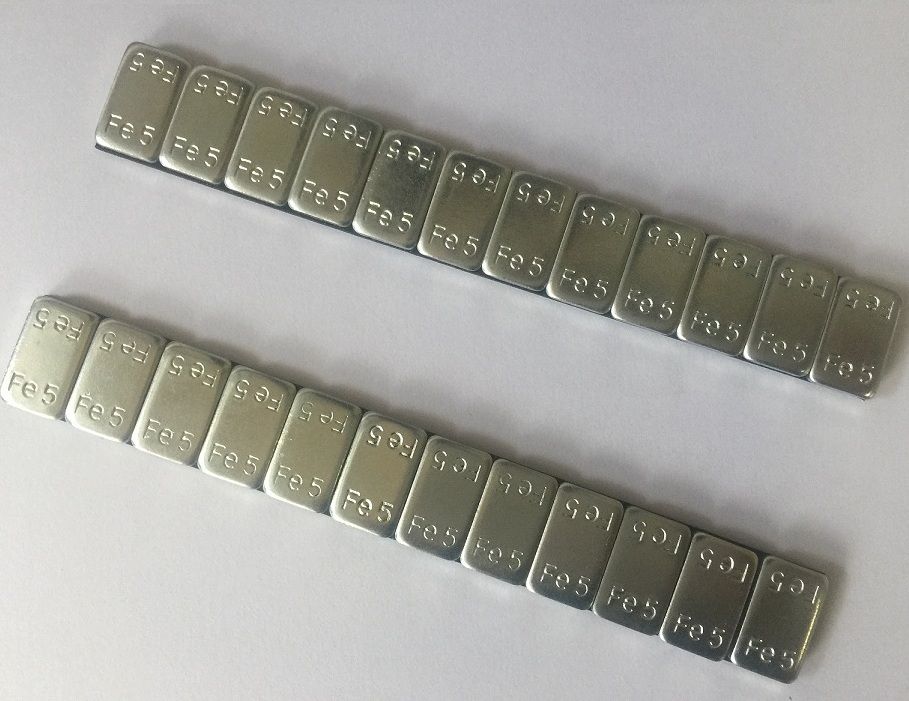
Zinc wheel weights are malleable much like lead. Some believe zinc offers the closest replacement for lead wheel weights if your dealership is making the switch.
“Zinc is a soft material that provides a more contoured appearance on the wheel and is easier to install and remove. Zinc is used by more OEMs worldwide than any other material,” Perfect Equipment’s Parker said.
Zinc may also pose potential environmental concerns, though less so than lead. A report on alternatives to lead wheel weights and the possible contamination of runoff water released by the Maine Department of Environmental Protection stated, “Maine will not promote the use of zinc wheel weights since zinc has wildlife toxicity concerns.”
At the same time, other states such as the Ohio Department of Transportation are moving toward zinc-coated steel wheel weights for its state-owned fleets.
Steel wheel weights remain a popular option in the North American market, but aren’t as common globally.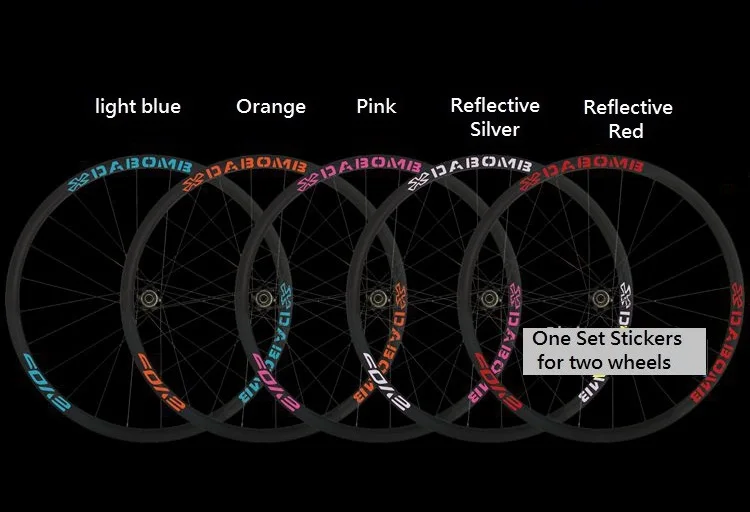 This is in part because steel has a fairly low raw material cost in America, but steel weights are often more expensive to manufacture compared to lead and zinc.
This is in part because steel has a fairly low raw material cost in America, but steel weights are often more expensive to manufacture compared to lead and zinc.
Steel in more expensive due to the timely processes it takes to turn raw steel into a usable product – conditioning the steel, cutting the steel, bending the steel, coating the steel, etc. Lead and zinc are simply melted down and molded.
Perfect Equipment’s Parker notes that steel adhesive wheel weights are becoming more attractive due to their increase in availability, quality and pricing levels. He adds that steel clip-on weights are also an option, though more elementary.
Plombco also offers a steel wheel weight covered in plastic called Plasteel. According to the company, the plastic coating keeps the clip-on wheel weight from scratching and damaging the wheels and is more malleable.
The use of a standard clip-on wheel weight that is hammered to the outer rim of the wheel is lessening as aftermarket wheels begin to evolve and wheel weight manufacturers develop better technology to place and remove adhesive wheel weights.
“It is also important to consider that the use of steel wheels and the traditional wheel cover is declining and that the clip-on wheel weight used for steel wheels is fading,” says Emilie St-Onge, director of marketing for Plombco Inc. “The Corporate Average Fuel Economy (CAFE) standards have led to car manufacturers to find ways of reducing vehicle weight. Steel wheels are typically heavier than aluminum and alloy wheels so this is another factor in the decline of ‘clip style’ wheel weights.”
Appearance is also beginning to affect the use of clip-on wheel weights as more consumers have custom wheels installed. Many wheel weight manufacturers offer colored adhesive wheel weights to match black and chrome aftermarket wheels. Additionally, more flangeless wheels are hitting the aftermarket, driving the use of adhesive wheel weights.
“Adhesive product line is not only increasing in overall usage for standard product offerings, there is also demand for new offerings to address light truck and SUV, larger sizes, and aftermarket wheel offerings, colors, growth,” said Bada’s Vanderheyden.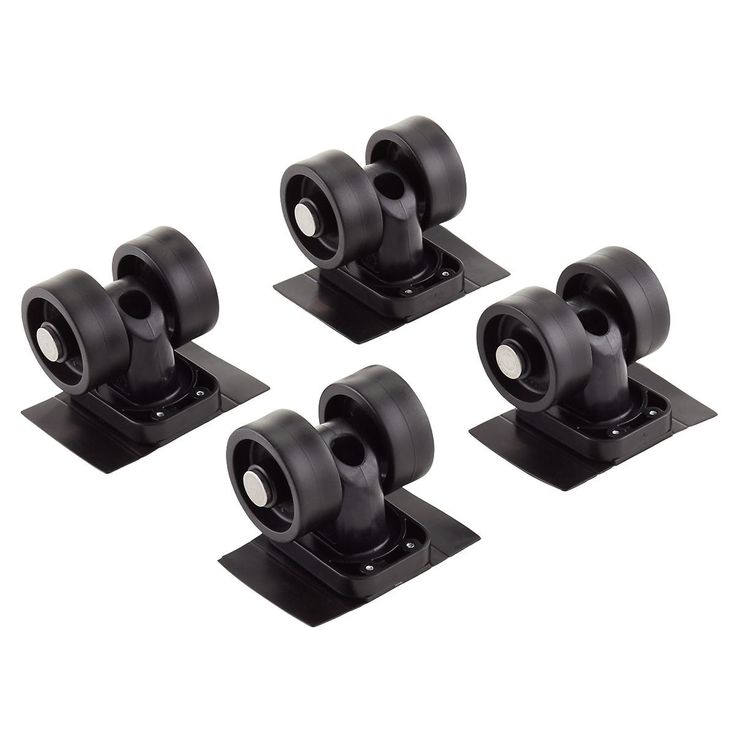 “To meet the challenges associated with the growth in adhesive weight usage, many wheel balancers are equipped with laser technology to guide wheel weight placement.”
“To meet the challenges associated with the growth in adhesive weight usage, many wheel balancers are equipped with laser technology to guide wheel weight placement.”
Because wheel weights are not a one-size-fits-all approach, there are factors outside of environmental and cost to consider.
Think of what material and application pairing will work best for your technicians and your customers’ wheels. For example, technicians may work better with a more malleable material at first, or the number of flangeless wheels coming into the shop may steer you to stock more adhesive wheel weights.
As mentioned earlier, there are many considerations when selecting wheel weight options for your shop. It’s all about finding the right balance.
Stepping Away from Lead?
• Perfect Equipment, Plombco and Wurth all offer wheel weight lines made from zinc and steel.
• Hennessy’s Bada brand offers steel lines of wheel weights.

• IMI’s Equal and Equal Flexx offer an internal balancing solution for commercial vehicles.
• 3M wheel weights are made from an alternative lead-free material.
Knock-on wheel weights for steel rims and aluminium rims.
Clip-On Wheel Weights
High-quality Zinc, Steel and Lead Adhesive weights.
Adhesive Wheel Weights
Car & Light Truck
Medium & Semi Truck
Motorcycle
Non-Lead Wheel WeightsDue to new legislation, many states are now banning lead wheel weight. So it is crucial to buy non-leaded wheel weights if you reside in those state.
So it is crucial to buy non-leaded wheel weights if you reside in those state.
Steel Wheel Weights
Zinc Wheel Weights
Balancing Beads & AlternativeLiquid Tire Balance
These chemical products are tire conditioners that help improve the tire lifespan and can also balancer tires.
Tools & Accessories
The most common weight for steel wheels.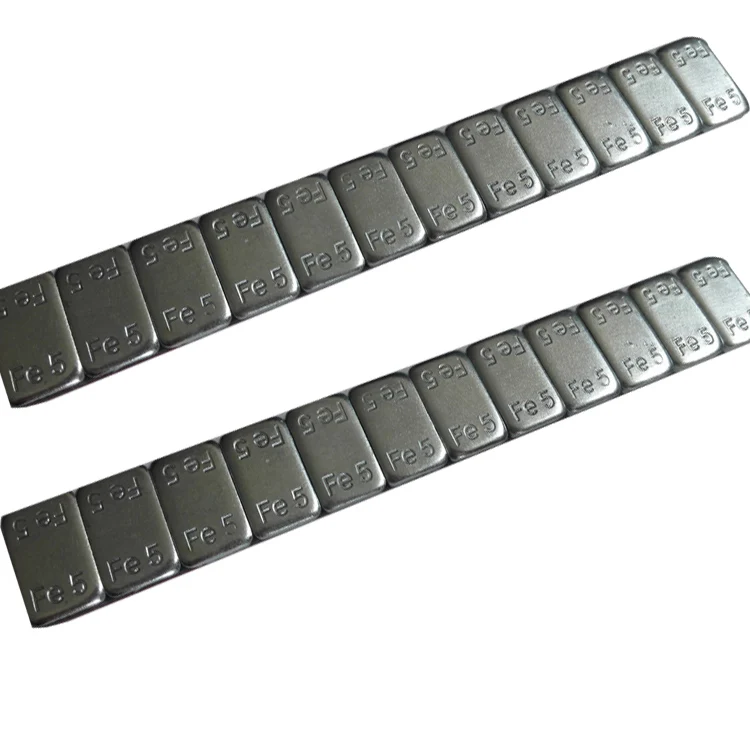
Used on domestic vehicles equipped with alloy rims that were manufactured prior to 1995.
Used on most domestic vehicles equipped with alloy rims.
Used on Chrysler vehicles and is designed to fit their unique alloy rim flange.
Used on many new Ford models, on most European vehicles and certain Asian vehicles equipped with alloy rims. Fits Many brands like Audi, BMW, Cadillac, Jaguar, Kia, Nissan, Toyota, Volkswagen & Volvo
Used on Audi, Mercedes-Benz, Volkswagen and very early-model Japanese vehicles equipped with alloy wheel.
Used on most Japanese vehicles equipped with alloy wheels.
Used on most domestic light trucks equipped with decorative and larger thickness steel wheels and 1997 and newer Ford F150, Ford Expedition, and Lincoln Navigator alloy wheels.
OEM coated weight for BMW
OEM coated weight for Mercedes-Benz
The most commonly used weight on medium-duty trucks with either tube or tubeless steel rims.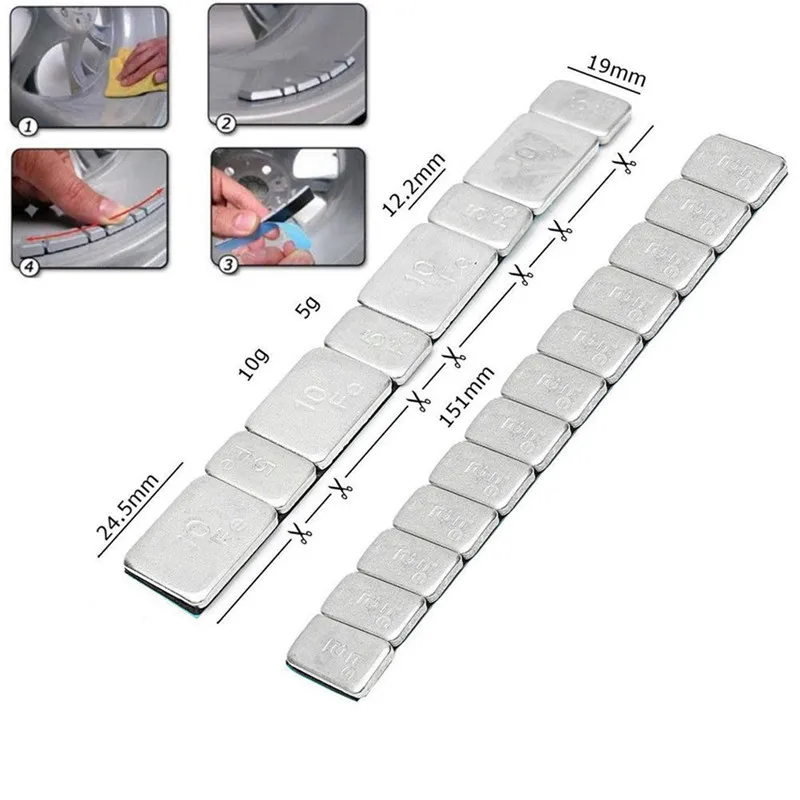
The most commonly used weight on heavy-duty trucks with steel rims. Also used on some older medium-duty truck with steel wheel.
The most common weight on light to heavy-duty trucks with alloy rims.
Specialty weight used on heavy-duty trucks with Firestone, Accuride, Budd or Goodyear tubeless alloy rims.
Specialty weight used on heavy-duty trucks with Firestone, Accuride or Radial Commander alloy rims.
The most common weight for steel wheels.
Used on domestic vehicles equipped with alloy rims that were manufactured prior to 1995.
Used on most domestic vehicles equipped with alloy rims.
Used on Chrysler vehicles and is designed to fit their unique alloy rim flange.
Used on many new Ford models, on most European vehicles and certain Asian vehicles equipped with alloy rims. Fits Many brands like Audi, BMW, Cadillac, Jaguar, Kia, Nissan, Toyota, Volkswagen & Volvo
Used on Audi, Mercedes-Benz, Volkswagen and very early-model Japanese vehicles equipped with alloy wheel.
Used on most Japanese vehicles equipped with alloy wheels.
Used on most domestic light trucks equipped with decorative and larger thickness steel wheels and 1997 and newer Ford F150, Ford Expedition, and Lincoln Navigator alloy wheels.
OEM coated weight for BMW
OEM coated weight for Mercedes-Benz
Stick-On adhesive wheel weight for car and light truck.
Medium & Semi TruckThe most commonly used weight on medium-duty trucks with either tube or tubeless steel rims.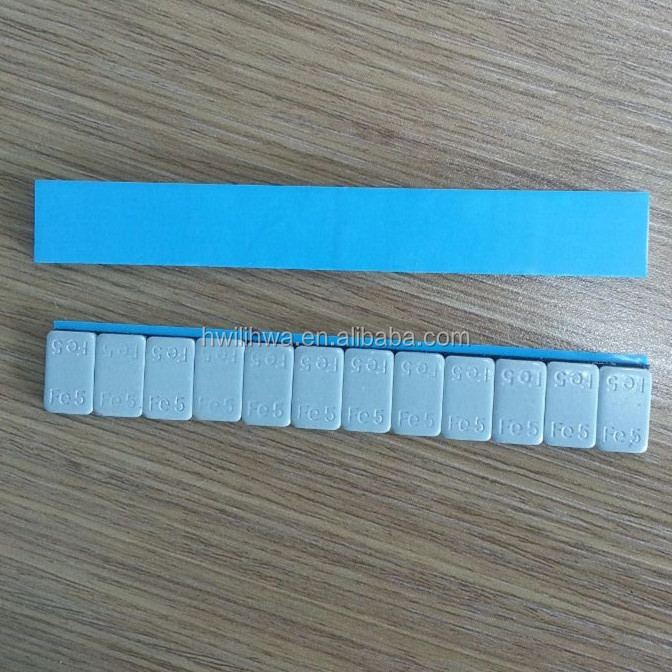
The most commonly used weight on heavy-duty trucks with steel rims. Also used on some older medium-duty truck with steel wheel.
The most common weight on light to heavy-duty trucks with alloy rims.
Specialty weight used on heavy-duty trucks with Firestone, Accuride, Budd or Goodyear tubeless alloy rims.
Specialty weight used on heavy-duty trucks with Firestone, Accuride or Radial Commander alloy rims.
Stick-On adhesive wheel weight for medium and semi truck.
MotorcycleStick-On wheel weight for motorcycles.
Wheel weights for spokes
Weight with integral clip for symmetrical static balancing of alloy motorcycle wheels where the center rib is shorter than 10 mm
FE, Steel Wheel WeightsThe most common weight for steel wheels.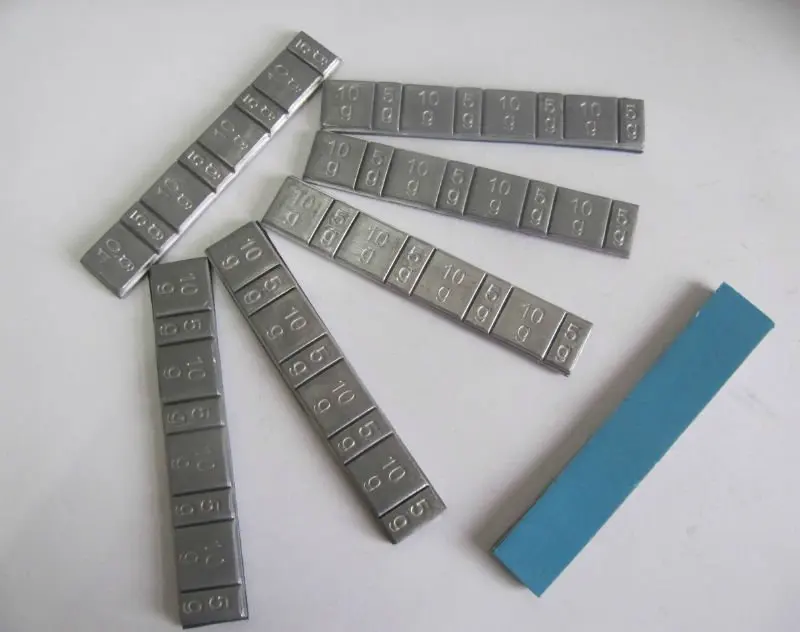
Used on most domestic vehicles equipped with alloy rims.
Used on many new Ford models, on most European vehicles and certain Asian vehicles equipped with alloy rims. Fits Many brands like Audi, BMW, Cadillac, Jaguar, Kia, Nissan, Toyota, Volkswagen & Volvo
Used on Audi, Mercedes-Benz, Volkswagen and very early-model Japanese vehicles equipped with alloy wheel.
Used on most Japanese vehicles equipped with alloy wheels.
Used on most domestic light trucks equipped with decorative and larger thickness steel wheels and 1997 and newer Ford F150, Ford Expedition, and Lincoln Navigator alloy wheels.
Zn, Zinc Wheel WeightsThe most common weight for steel wheels.
Used on domestic vehicles equipped with alloy rims that were manufactured prior to 1995.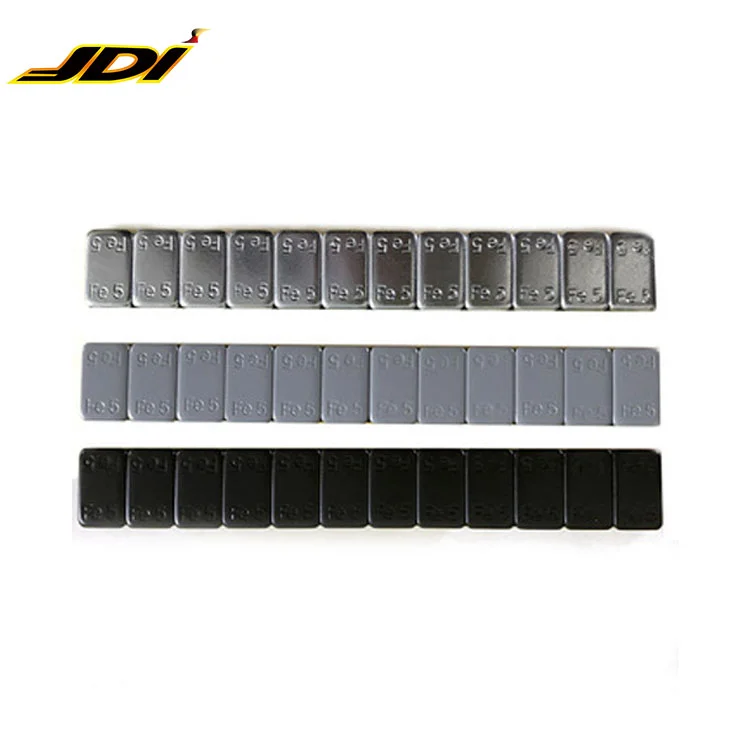
Used on most domestic vehicles equipped with alloy rims.
Used on many new Ford models, on most European vehicles and certain Asian vehicles equipped with alloy rims. Fits Many brands like Audi, BMW, Cadillac, Jaguar, Kia, Nissan, Toyota, Volkswagen & Volvo
Used on most Japanese vehicles equipped with alloy wheels.
The most commonly used weight on heavy-duty trucks with steel rims. Also used on some older medium-duty truck with steel wheel.
Today we will talk about how to choose the right professional chain hoist, what you should pay attention to, and how to avoid mistakes when buying lifting equipment.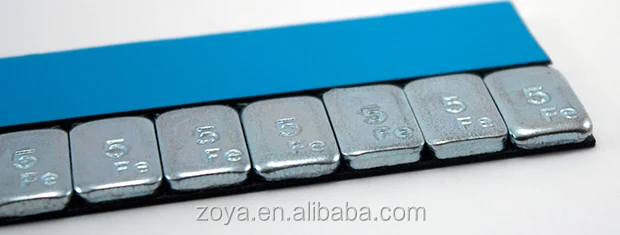 Conventionally, all manual chain hoists are divided into 2 types:
Conventionally, all manual chain hoists are divided into 2 types:
The former are usually round. They are not so common, so it will not be difficult to dwell on a specific option. Professional waists deserve more attention. For a temperate climate, equipment of group U is suitable (according to GOST 15150). There are also models designed for explosive industries, very humid climates, etc.
But these are specific niches, so we will focus on chain hoists for temperate climates. We will talk about such models: Russian hoist of the Sibtal brand, Chinese equipment from the BL brand and Japanese SAIZEN mechanisms. The highest score will be 3, the lowest - 1.
This characteristic does not affect the operation of the device, so the highest score will be 2. Externally, all equipment looks quite attractive. You can observe a neat assembly and high-quality powder coating. SAIZEN chain hoists have cast parts, which makes them look more solid and more expensive.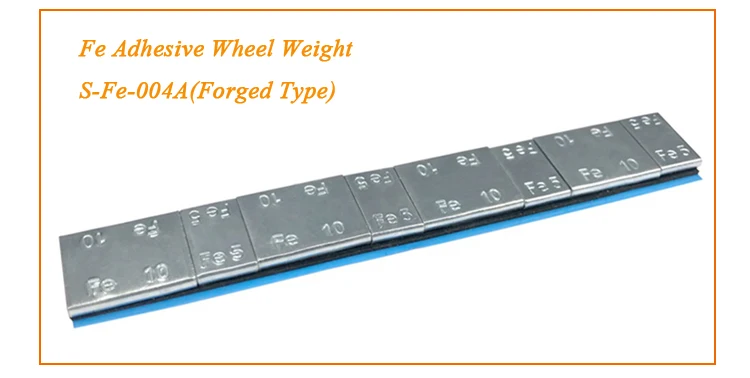 But since design is a subjective matter, and there are no obvious shortcomings, we will give everyone 2 points.
But since design is a subjective matter, and there are no obvious shortcomings, we will give everyone 2 points.
Rostal and BL equipment features a classic design. The mechanisms are assembled on base plates that are interconnected. At SAIZEN, the whole structure is tightened with stainless steel bolts, which gives it extra strength. This is a distinct advantage of Japanese chain hoists.
Important! All hoists are sharpened exclusively for vertical lifting of the load. In no case do not try to pull up the weight, as this is very dangerous. If you take a solid load, then an ordinary hoist can simply be torn in half, which poses a danger to both the operator and property. SAIZEN equipment is ready to forgive small mistakes, but even with it it is better not to risk it.
In terms of design, SAIZEN is somewhat better than analogues, for which it receives three well-deserved points, for Sibtal and BL we put two each.
An important indicator of the strength of a hand waist is the safety factor.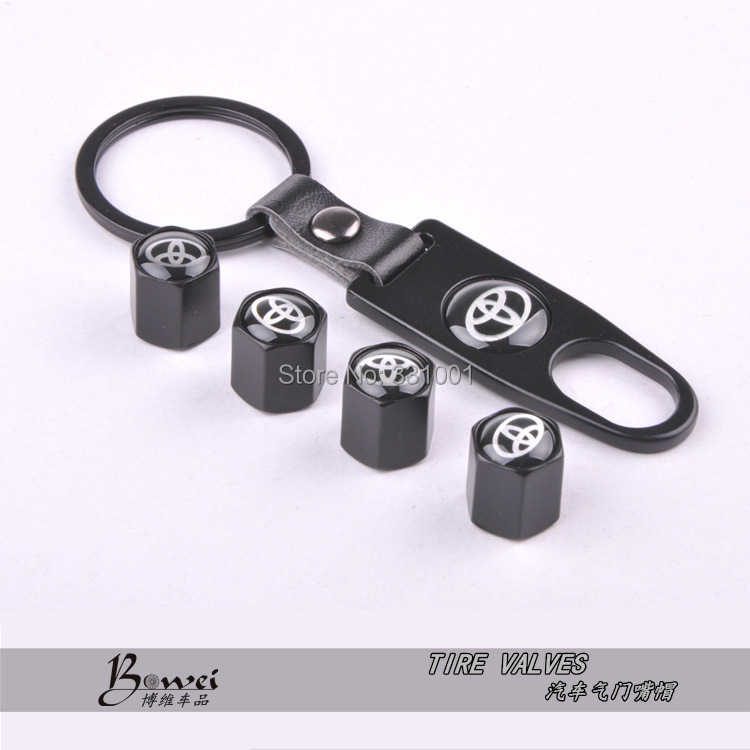 Over time, the metal gets tired and can deform. The higher the margin of safety, the longer this process will not manifest itself. The strength of a chain is measured by the weakest link in that chain. The higher the margin of safety initially incorporated into the product, the safer it is.
Over time, the metal gets tired and can deform. The higher the margin of safety, the longer this process will not manifest itself. The strength of a chain is measured by the weakest link in that chain. The higher the margin of safety initially incorporated into the product, the safer it is.
In addition, it should be taken into account that a sharp jerk can occur during operation, respectively, the higher the safety margin of the chain hoist, the higher the probability that the load will not break.
BL has a safety factor of 2:1 (in tests, the figure is even slightly better - 2.2:1). For Sibtal and SAIZEN, this parameter is 4:1. Accordingly, Chinese chain hoists receive 2 points each, the rest of the participants - three.
It should be noted that the safety factor is not a separate parameter. It directly depends on the components. With BL, you can immediately see that the suspension and hook are inexpensive, but the chain is strong. Sibtal products have powerful hooks and suspension, a high-strength chain.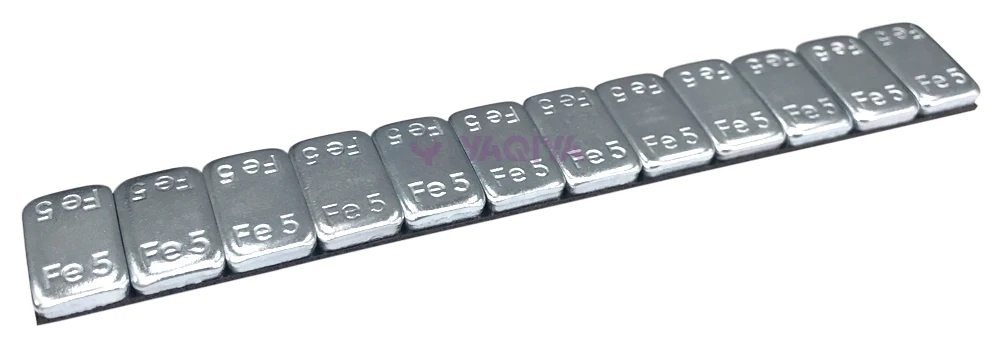 SAIZEN - impeccable quality suspension and hooks. Japan is embossed on the chain.
SAIZEN - impeccable quality suspension and hooks. Japan is embossed on the chain.
But the internal construction must also be evaluated. In BL, the gear processing is done without any complaints, smooth, without burrs and shells, the hardening is relatively good. At Sibtal it is clear that the gears are processed with high quality, no burrs and shells, it is immediately clear that the hardening is very good.
SAIZEN is simply the standard of Japanese quality. Everything is done perfectly evenly, clearly and beautifully. The hardening is super-deep, in addition, all gears have an oxide-phosphate coating, which increases their corrosion resistance. In addition, the friction element is reinforced, and the thickness of the brake mechanism reaches 3 mm (for conventional hoists, the figure reaches 2 mm).
SAIZEN has a larger gear ratio than most other chain hoists, including Sibtal (in fact, this means that there are more teeth on the pinion gears, this provides a smoother ride, increased reliability and increased mechanism life, since the pressure on each the gear tooth is smaller).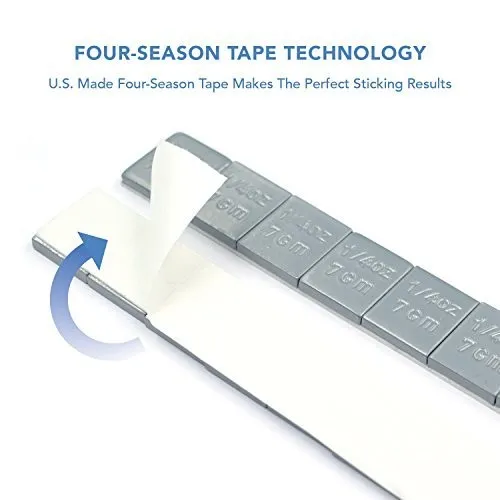 The gaps are perfect.
The gaps are perfect.
Structurally, SAIZEN outperforms analogs a lot, for which it gets 3 points. Sibtal is somewhat worse in this regard, so we put a deuce on these chain hoists, well, BL has 1.
Let us now evaluate the reliability of steel. BL has a 2:1 tensile test result. These are not very outstanding characteristics, so if you often work with this hoist with an increased load, then metal fatigue will occur earlier than other samples. Problems may arise in the chain, hook, fingers, etc. In any case, this will lead to breakage or emergency situations. Thus, Tal gets 1 point.
Sibtal is quite reliable, because with the help of a model with a carrying capacity of 1 ton, 1.5-ton loads were lifted without problems. Safety margin 4:1, which indicates durability. Average service life - 7 years at observance of all rules of operation. We give 2 points.
SAIZEN is highly reliable. During dynamic tests, it withstands an overload by 2.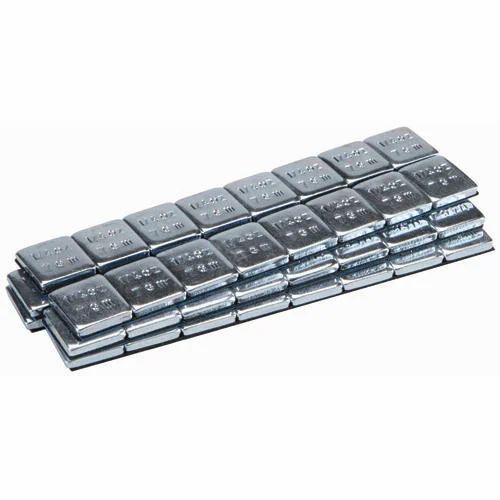 5 times. Solid trio.
5 times. Solid trio.
BL and Sibtal demonstrate more or less the same parameters in this regard. Ride is good, no jerks. 2 points for each hoist. SAIZEN demonstrates outstanding performance here, everything works like a clock.
BL is manufactured in accordance with Chinese regulations, the credibility is not too high, and there is no normal opportunity to read the documents, so 1 point. SAIZEN has a similar situation, but the confidence in Japanese standards is higher, so a deuce.
Everything is fine with Sibtal's documents, as the equipment is manufactured according to the Russian TO, which is indicated on the nameplates and in the passport. Also, Sibtal chain hoists comply with all the Technical Regulations of the Customs Union. Since everything is clean and transparent here, we put 3 points.
BL has a manual in Russian - but its quality is not very high.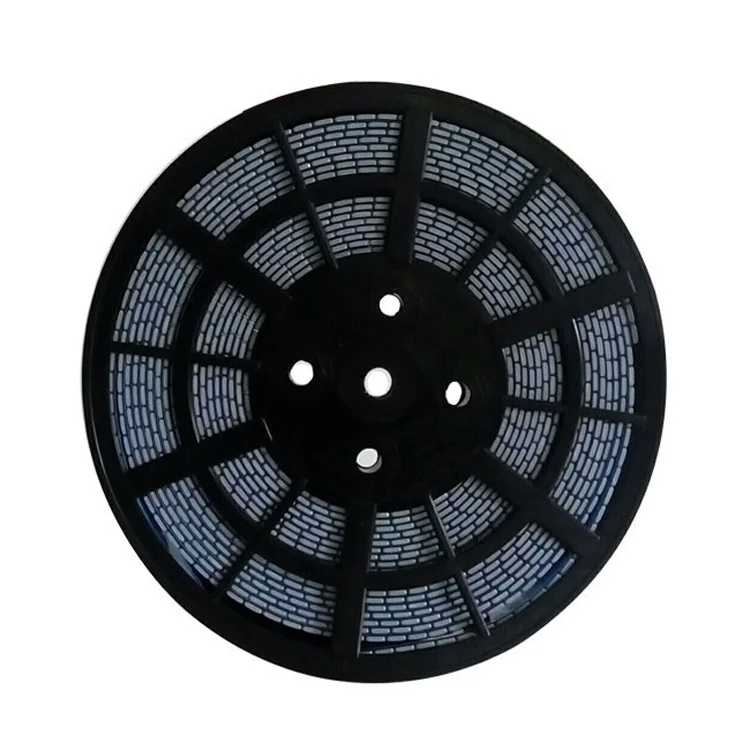 There is actually no passport, but for an economy class this is normal. 1 point
There is actually no passport, but for an economy class this is normal. 1 point
SAIZEN has a Russian instruction, the passport comes with a separate piece of paper, but it's not very convenient - it's easy to lose or throw away. 2 points.
Sibtal has everything here at the highest level. The manual is very cool and detailed, a lot of attention is paid to security issues: how to work, how not to. Everything is written not technically, but in a normal, understandable language. Marked with serial number and OTK stamp. The passport is very good, well-deserved 3 points.
In the common people, it is called a nameplate. All important characteristics must be marked on the rating plate. Ahead in this Sibtal. The nameplate contains all the data, including load capacity, chain length, serial number, country of origin, manufacturer and serial number. There is also a sign of compliance with technical regulations - even if you lose your passport, all the information is on the nameplate. 3 points. BL and SAIZEN nameplates are much simpler, but, nevertheless, this is not critical. 2 points.
3 points. BL and SAIZEN nameplates are much simpler, but, nevertheless, this is not critical. 2 points.
Even the most reliable manufacturers, such as Lexus and Mercedes, experience defective rates. In addition, if you do not follow the rules of operation, there is always a risk of damaging the device. As a result, there is a need for repair.
Sibtal is a domestic brand, so there will be no problems with components. We give these chain hoists 3 points. Foreign cars also have no particular problems with finding components, although everything is somewhat more complicated - 2 points.
The most affordable chain hoist is made by a Chinese manufacturer (3 points). Sibtal is 30 percent more expensive (2 points). SAIZEN's products cannot be called budgetary, so we give them a one.
Sibtal is our leader here. The equipment is very reliable, safety margin is four to one, good components, smooth running, average service life is seven years. At the same time, everything costs not much more than the Chinese counterpart with a margin of safety of 2: 1. BL has serious advantages in terms of price, but in a number of important indicators, tal is inferior to both Sibtal and SAIZEN. Japanese lifting equipment is better than competitors in terms of technical parameters, but you will have to overpay 40-60 percent for this.
At the same time, everything costs not much more than the Chinese counterpart with a margin of safety of 2: 1. BL has serious advantages in terms of price, but in a number of important indicators, tal is inferior to both Sibtal and SAIZEN. Japanese lifting equipment is better than competitors in terms of technical parameters, but you will have to overpay 40-60 percent for this.
So, after counting all the points. We have the following picture:
Thus, the Sibtal trademark becomes the leader. By the way, the goal of the company is the production of hoists with good characteristics at the best price. Indeed, we get a good balance between cost and quality. By the way, Sibtali has a more budgetary analogue of Rostal, which practically does not differ in technical parameters, but is cheaper.
At the same time, when choosing a suitable hoist, one should not be guided only by ratings.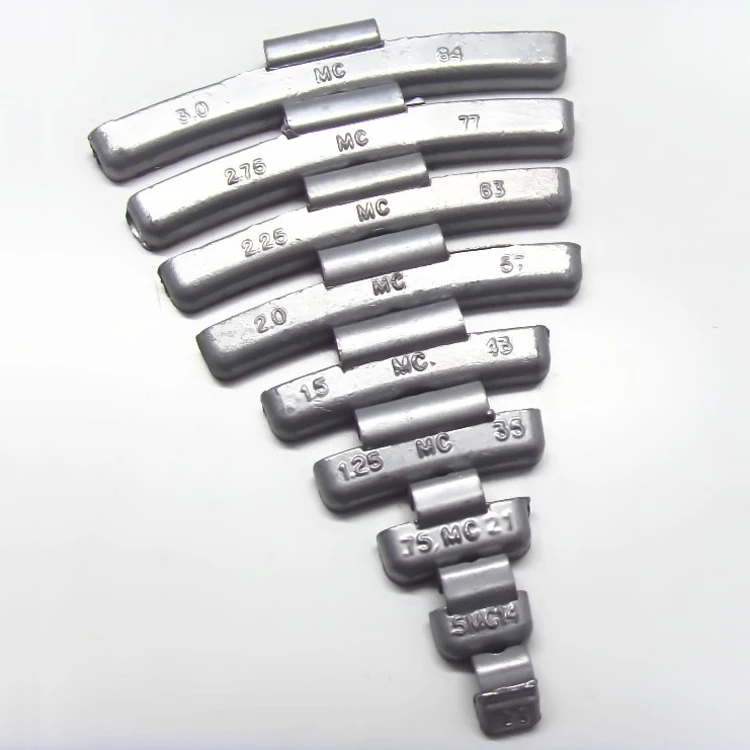 For example, if you need ordinary budgetary lifting equipment for the implementation of an urgent object, there is no point in overpaying - BL chain hoists are enough. This purchase is well worth it.
For example, if you need ordinary budgetary lifting equipment for the implementation of an urgent object, there is no point in overpaying - BL chain hoists are enough. This purchase is well worth it.
But for long-term and systematic work with weights in conditions of increased intensity, with weights close to the nominal value, you can take Japanese equipment. After all, SAIZEN is a guarantee of quality. Yes, you will have to pay extra, but in time it will pay for itself.
If you have any questions, please contact us. Cargo Mechanics consultants are always ready to help their clients!
Many drivers, when choosing tires for their cars, often pay attention to their dimensions, height and type of tread, seasonality, indexes and some other parameters indicated on the side surface of the wheel. At the same time, one of the most important parameters has always been the weight of rubber, because the dynamics of the vehicle, the length of the braking distance and, as a result, the action of inertial forces, an indicator of fuel economy, largely depend on it.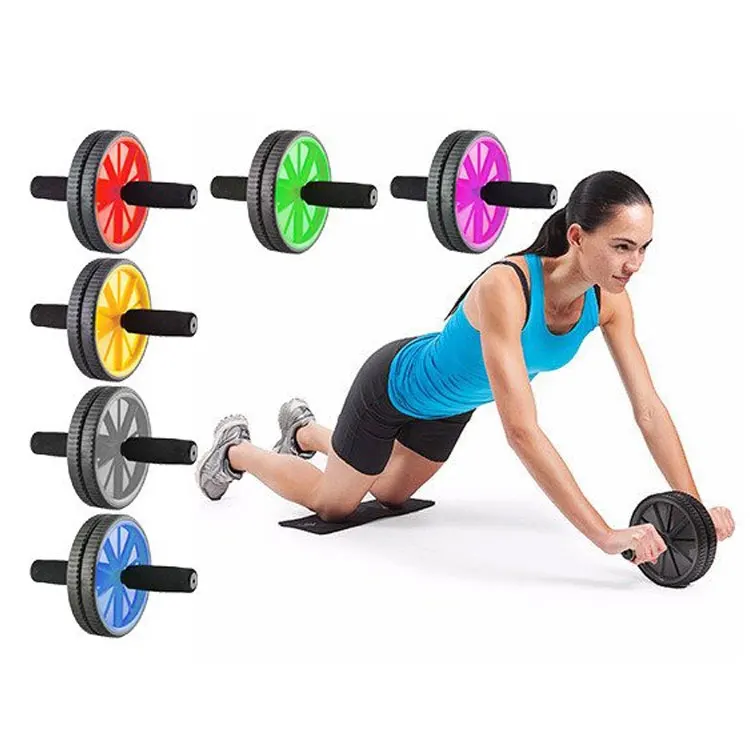
The weight of a tire can be seen on almost any official portal of well-known brands, as it is part of the publicly available technical specifications. In addition, experts have long established that, regardless of the structure, manufacturer and other initial data, all tires of the same size have a mass within a single range. In general, the weight of tires, as a rule, varies under the influence of the following parameters:
Tires for passenger cars
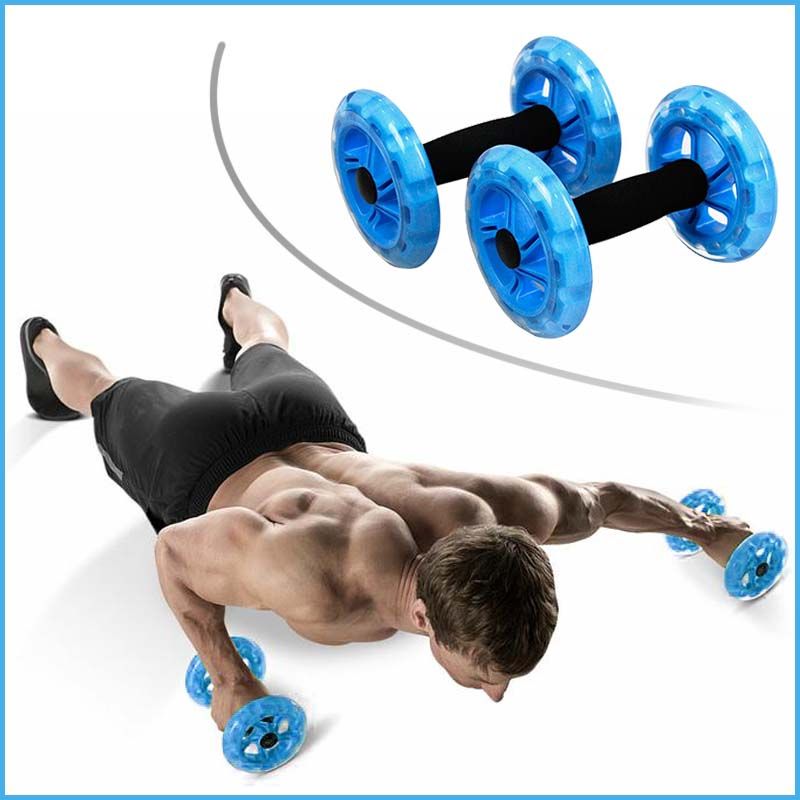
Standard tire composition
To make the choice of tires more objective, each driver must know the weight of the wheels and choose the most convenient tire parameters for himself. So, for example, if a small car with an engine power of less than 60 liters. With. a reinforced tire will be installed, its severity will even affect the traction properties of the vehicle. If high-speed driving is important for a motorist, then on heavy tires he will never be able to develop the dynamics limiting for a given vehicle.
With. a reinforced tire will be installed, its severity will even affect the traction properties of the vehicle. If high-speed driving is important for a motorist, then on heavy tires he will never be able to develop the dynamics limiting for a given vehicle.
Low profile rubber
To understand the relationship between wheel dimensions and weight, drivers should refer to specially compiled tabular materials that show all the basic tire parameters that affect this indicator and, accordingly, the average wheel weight for each dimension.
Tire weights, a table with the most popular parameters such as tire sizes, weights and volumes is shown below.
| Tire width, mm | Tire profile height, mm | Tire seat diameter, inches | Tire volume range for given parameters, m³ | Weight range for given wheel parameters, kg |
| 145 | 65 | 13 | 0. 038–0.042 038–0.042 | 5.1–5.3 |
| 165 | 70 | 13 | 0.049–0.051 | 6.1-6.3 |
| 185 | 70 | 13 | 0.059–0.061 | 7.5–7.7 |
| 195 | 60 | 13 | 0.06–0.062 | 7.9-8.1 |
| 215 | 50 | 13 | 0.079–0.081 | 9.6-9.8 |
| 155 | 65 | 14 | 0.049–0.051 | 5.6-5.8 |
| 175 | 60 | 14 | 0.059–0.061 | 6.5–6.7 |
| 185 | 55 | 14 | 0.06–0.062 | 6.9–7.1 |
| 195 | 60 | 14 | 0.069–0.071 | 8.3-8.5 |
| 205 | 70 | 14 | 0.079–0.081 | 10.1–10.3 |
| 215 | 65 | 14 | 0.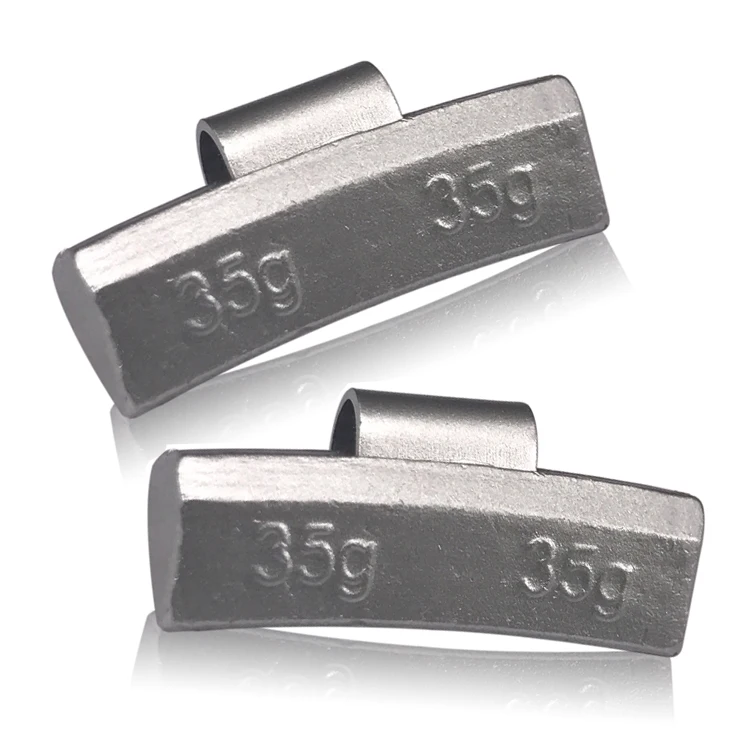 089–0.091 089–0.091 | 10.4–10.6 |
| 225 | 70 | 14 | 0.98–1 | 12.7-12.9 |
| 165 | 65 | 15 | 0.059–0.061 | 6.9–7.1 |
| 175 | 65 | 15 | 0.06–0.062 | 7.2-7.4 |
| 185 | 60 | 15 | 0.069–0.071 | 8.2-8.4 |
| 195 | 55 | 15 | 0.07–0.072 | 8.8–9 |
| 205 | 65 | 15 | 0.088–0.09 | 9.5–9.7 |
| 215 | 60 | 15 | 0.089–0.091 | 11.3–11.5 |
| 225 | 60 | 15 | 0.099–0.1 | 10.8–11 |
| 235 | 70 | 15 | 0.119–0.121 | 14.9-15.1 |
| 255 | 65 | 15 | 0.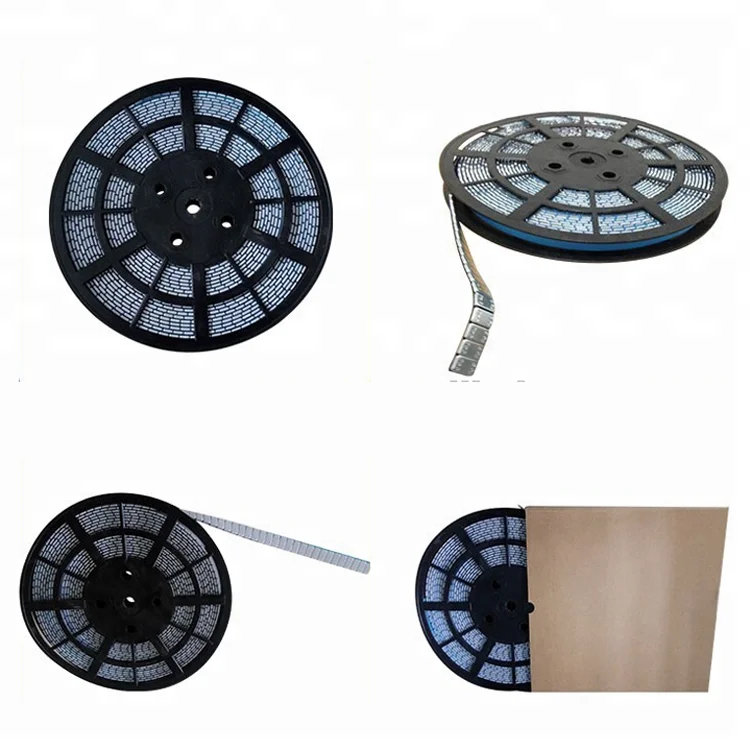 129–0.131 129–0.131 | 17.8–18.2 |
| 175 | 60 | 16 | 0.069–0.071 | 7.5–7.7 |
| 185 | 60 | 16 | 0.07–0.072 | 9.1-9.4 |
| 195 | 55 | 16 | 0.079–0.081 | 8.6-9.2 |
| 205 | 55 | 16 | 0.081–0.083 | 9.1-9.4 |
| 215 | 55 | 16 | 0.089–0.092 | 9.8–10.3 |
| 225 | 50 | 16 | 0.09–0.094 | 10.6–11 |
| 235 | 50 | 16 | 0.1–0.104 | 10.9–11.3 |
| 245 | 45 | 16 | 0.102–0.106 | 11.4–11.8 |
| 255 | 40 | 16 | 0.111–0.115 | 16.2-16.6 |
| 265 | 40 | 16 | 0.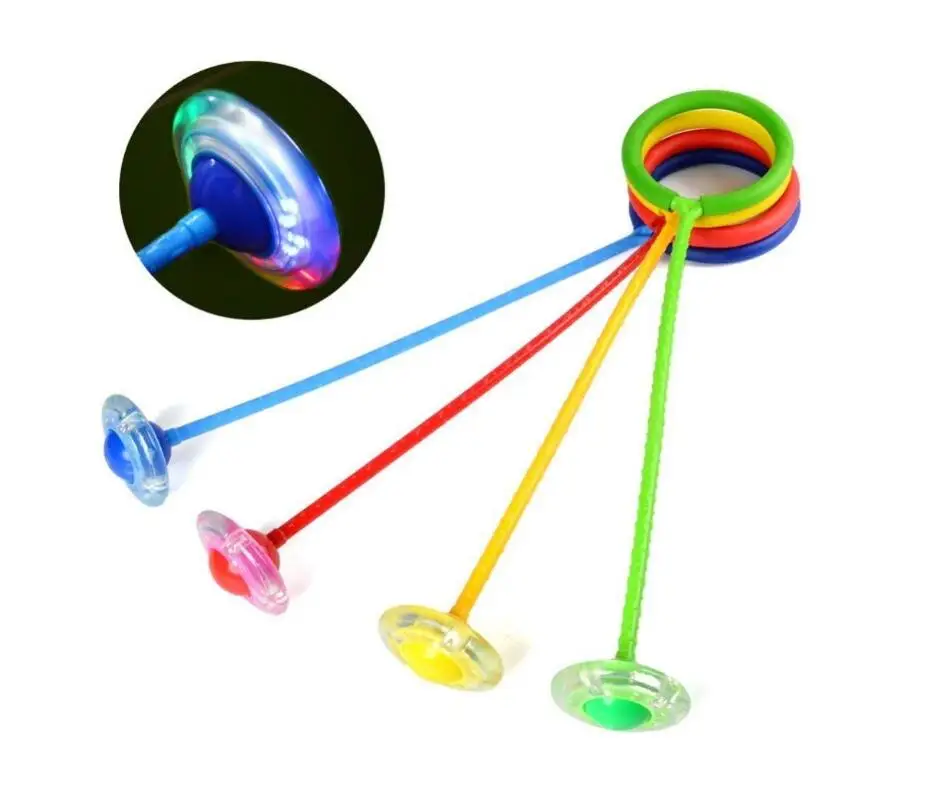 136–0.14 136–0.14 | 18.4–18.8 |
| 195 | 40 | 17 | 0.071–0.074 | 8.4–8.7 |
| 195 | 45 | 17 | 0.073–0.077 | 9–9.3 |
| 205 | 55 | 17 | 0.088–0.091 | 10.5–10.9 |
| 215 | 65 | 17 | 0.11–0.114 | 13–13.4 |
| 225 | 60 | 17 | 0.112–0.116 | 13.5–13.9 |
| 235 | 60 | 17 | 0.119–0.123 | 12.8–13.2 |
| 245 | 55 | 17 | 0.121–0.125 | 12.9–13.3 |
| 255 | 55 | 17 | 0.122–0.128 | 13.1-13.4 |
| 265 | 50 | 17 | 0.124–0.13 | 13.2–13.6 |
| 275 | 50 | 17 | 0.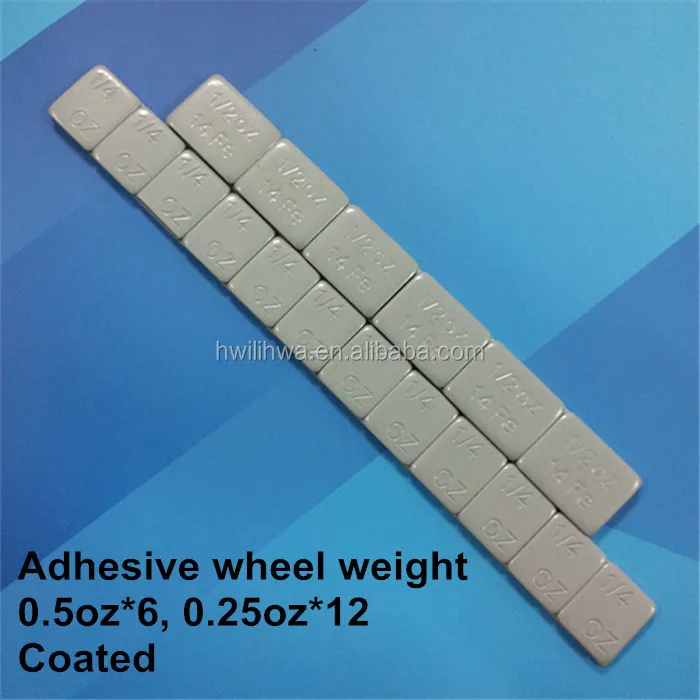 14–0.141 14–0.141 | 18.4 - 19 |
| 205 | 40 | 18 | 0.079–0.081 | 8.9–9.2 |
| 215 | 55 | 18 | 0.099–0.102 | 11.4–11.8 |
| 225 | 55 | 18 | 0.108–0.112 | 12.4-12.8 |
| 235 | 60 | 18 | 0.129–0.133 | 16.1-16.6 |
| 245 | 60 | 18 | 0.148–0.154 | 16.7–17.2 |
| 255 | 60 | 18 | 0.151–0.157 | 16.8–17.4 |
| 265 | 60 | 18 | 0.158–0.164 | 17–17.6 |
| 275 | 65 | 18 | 0.198–0.204 | 18.7–19.4 |
| 285 | 65 | 18 | 0.208–0.218 | 19.9–20.7 |
According to the weights and volumes of tires in the table, motorists just need to select the tire parameter they are interested in for their vehicle, and then multiply the corresponding weight of one tire by 4.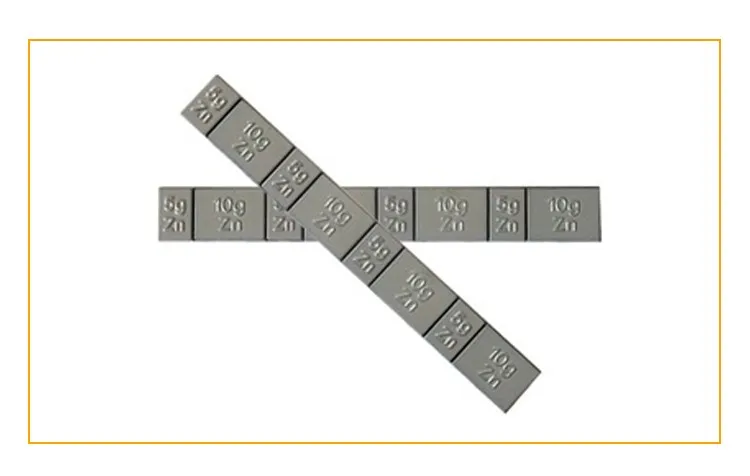 In this way, you can find out the mass of all tires that need to be installed on the vehicle.
In this way, you can find out the mass of all tires that need to be installed on the vehicle.
Wheel assembly
Many car enthusiasts are wondering how much tires for trucks weigh, which plow Russian federal highways in large numbers.
Note!
It must be said right away that these wheels are several orders of magnitude superior to passenger tires in terms of geometric parameters, but that's not all - they have a much higher wear resistance index, which is achieved due to a larger number of rubber layers in the sole and side cord of the tires. Because of this, the total volume of the rubber compound, which is spent on the manufacture of such a tire, significantly exceeds the same indicator for a tire of a smaller dimension, and, of course, such a product has a relatively large mass.
So, the main size range of tires and the mass values corresponding to them are shown in the following table.
| Tire size | Tire volume, m³ | Tire weight, kg | Tire size | Tire volume, m³ | Tire weight, kg |
| 10.00R20 | 0.264 | 52.4 | 275/70/R22.5 | 0.221 | 51.2 |
| 11.00R20 | 0.32 | 65.7 | 275/80/R22.5 | 0.239 | 51.9 |
| 11.00R22.5 | 0.384 | 51.8 | 285/70/R19.5 | 0.191 | 43.6 |
| 12.00R20 | 0.457 | 71.5 | 295/60/R22.5 | 0.301 | 62.7 |
| 12.00R24 | 0.315 | 79.7 | 295/75/R22.5 | 0.267 | 57.4 |
| 12.00R22.5 | 0.366 | 64.7 | 295/80/R22.5 | 0.288 | 63.5 |
| 13.00R22.5 | 0.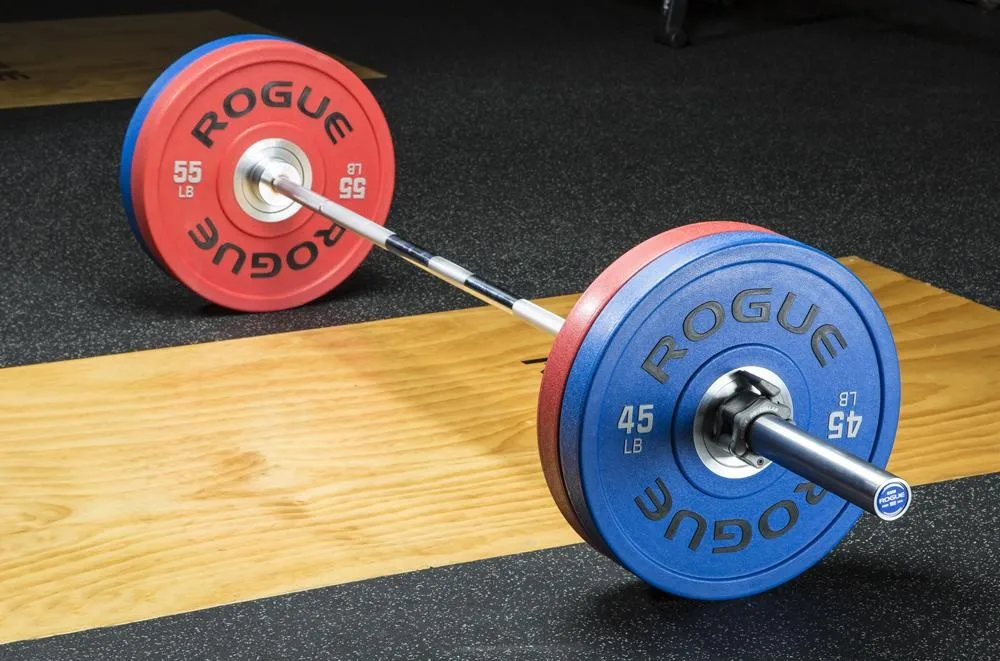 528 528 | 70.6 | 305/70/R19.5 | 0.196 | 45.6 |
| 14.00R20 | 0.533 | 104.8 | 305/70/R22.5 | 0.284 | 61.5 |
| 205/65/R17.5 | 0.127 | 14.9 | 315/60/R22.5 | 0.299 | 63.2 |
| 205/75/R17.5 | 0.131 | 16.1 | 315/70/R22.5 | 0.353 | 64.3 |
| 215/75/R17.5 | 0.148 | 26.4 | 315/80/R22.5 | 0.327 | 71.1 |
| 235/75/R16 | 0.129 | 15.9 | 365/80/R20.5 | 0.436 | 74.7 |
| 245/75/R17.5 | 0.134 | 22.3 | 385/55/R22.5 | 0.377 | 75.1 |
| 245/75/R17.5 | 0.141 | 29.4 | 385/65/R22.5 | 0.383 | 76.3 |
265/70/R17.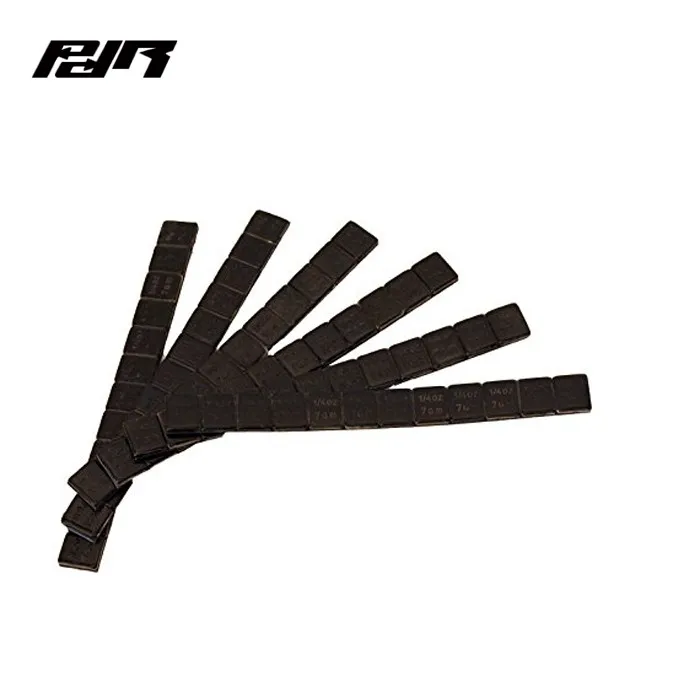 5 5 | 0.148 | 30.7 | 385/65/R22.5 | 0.378 | 76.7 |
| 265/70/R19.5 | 1.152 | 34.5 | 425/65/R22.5 | 0.479 | 84.8 |
| 275/70/R17.5 | 0.164 | 32.3 | 435/50/R19.5 | 0.362 | 63.3 |
| 275/70/R19.5 | 0.177 | 39.7 | 445/65/R22.5 | 0.561 | 96.4 |
Thus, if a full-fledged truck has 26 wheels by 9axles, the mass of tires on them can exceed 2 tons, but this has little effect on its cruising speed, since the total curb load from its own weight and the goods transported can be ten times greater.
Truck wheels
Note!
Unfortunately, at the factory, manufacturers almost never insert the tire weight into the marking line, which indicates the size range, indexes and other rubber characteristics, and motorists have to look for this parameter on their own in the catalogs of a particular tire brand.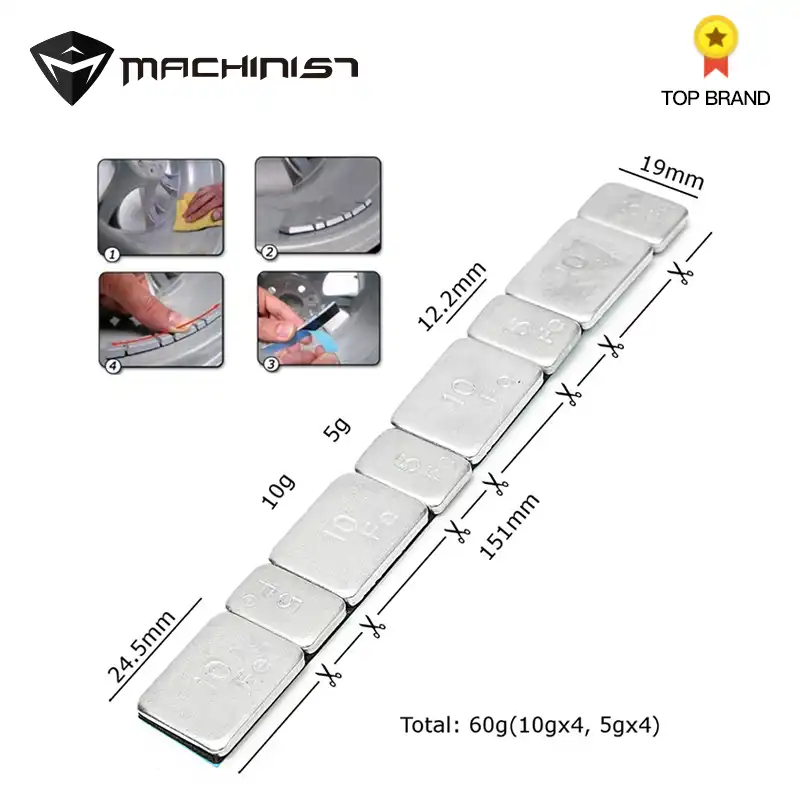 In addition, it is not the mass of the tire that is important for the driver, but the total weight of the wheel assembly, since on the basis of this value it is possible to select the value of inertial forces and determine the braking distance of the car or the risk of skidding.
In addition, it is not the mass of the tire that is important for the driver, but the total weight of the wheel assembly, since on the basis of this value it is possible to select the value of inertial forces and determine the braking distance of the car or the risk of skidding.
So, this indicator consists of the following parameters:
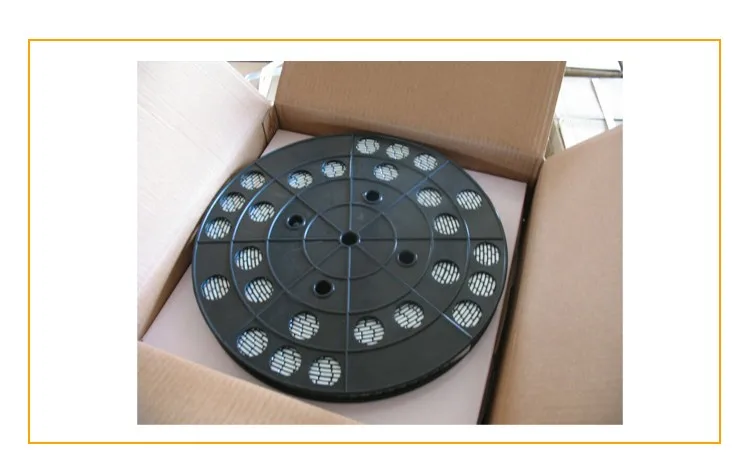
Largest and heaviest truck tires

Please note!
Some drivers believe that air under pressure in a tire also has mass, and of course this is partly true, but compared to the total weight of the wheel assembly, this figure does not reach up to 1/1000 of the total mass.
How much does an R16 or R17 tire weigh? To understand what the mass of the wheel assembly is, then, depending on the material of the disk, the tire mass given above simply needs to be multiplied by a correction factor from 1.6 to 2. Thus, if the weight of the R16 wheel assembly for a passenger car is about 11 kg , then the cast wheel assembly will have a mass of approximately 17–18 kg. At the same time, the weight of one R17 tire can be 13 kg, and on the disk it will be approximately 20 kg.
The mass of tires is a conditional value, since it can fluctuate for different manufacturers, and a motorist can determine the exact weight of the wheels for making some decisions only by experimenting in kind, that is, banal weighing after installing the tire, balancing and forcing pressure into it .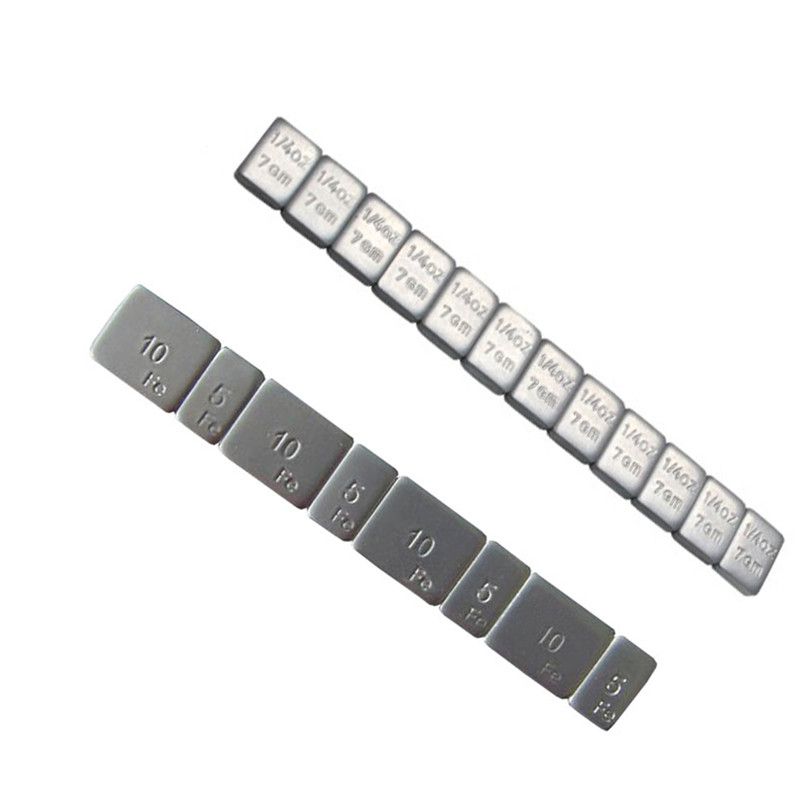
The total weight of the car is the sum of the sprung and unsprung weights. is included in the unsprung mass and is an extremely important, one might say, defining characteristic in the dynamics of a car. The thing is that the unsprung mass makes a vertical movement relative to the car body, just remember how the chassis behaves when driving over bumps. When a car moving at speed hits a bump, the unsprung mass rushes up, imparting kinetic energy to the vehicle body, while the sprung mass must compensate for this push. That is why the balance of sprung and unsprung mass is very important, which should be distributed in a ratio of 85/15. From the foregoing, it is logical to conclude that the smaller the non-dessor mass, the smoother the car moves. However, it is very important that this softness does not turn out to be prohibitive, otherwise the wheels will simply stop holding the road properly. As noted earlier, the weight of tires is the main component of the unsprung mass, which means that when chasing dynamic performance, you should not forget about the correct weight of rubber.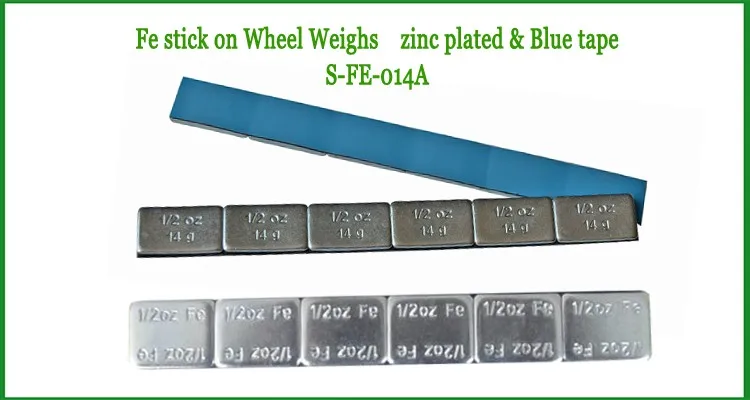
It is impossible to unequivocally answer the question of what tire weight is better. It all depends on many factors. In order to try to clarify this issue, one should recall such a physical concept as inertia. Inertia is a measure of resistance to change. When the driver presses the gas pedal, the vehicle's engine spins the wheels, while a certain amount of the energy generated by the engine is spent on overcoming the weight of the wheel, the main part of which is enclosed in tires. It turns out that the lighter the installed tires, the easier the car spins the wheels, which means it picks up speed faster. In a word, if the weight of the tires has practically no effect on the maximum speed of the car, then in its time of gaining a certain speed, these “rubber” kilograms play one of the main roles. As a rule, the average mass of a wheel on civilian cars is slightly less or slightly more than 19kg. These figures can be called the golden mean suitable for the average city dweller who does not go into the details of the dynamic characteristics of his vehicle and cares more about his ability to deliver from home to work and back.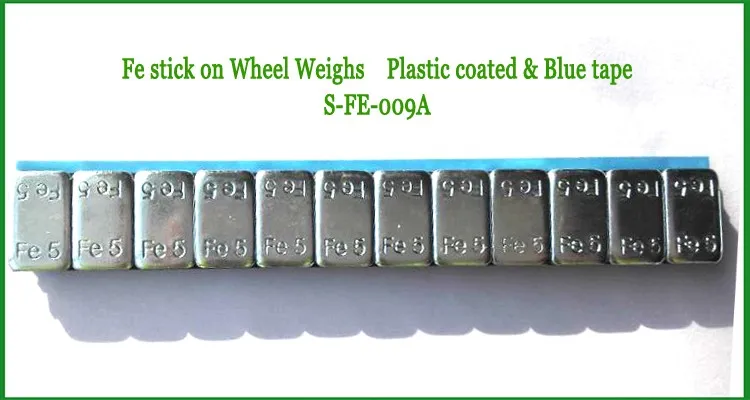
First you need to familiarize yourself with the tire size recommended by the car manufacturer, it is not recommended to ignore it. The size is indicated in the operating book. Most often there are two recommendations - for summer and winter. Tire size largely determines their weight, but not without exceptions. To date, tire production technologies have stepped forward and those sizes that were characteristic only for summer tires in the early days can now be found among winter options. Conditionally tires can be divided into two categories:
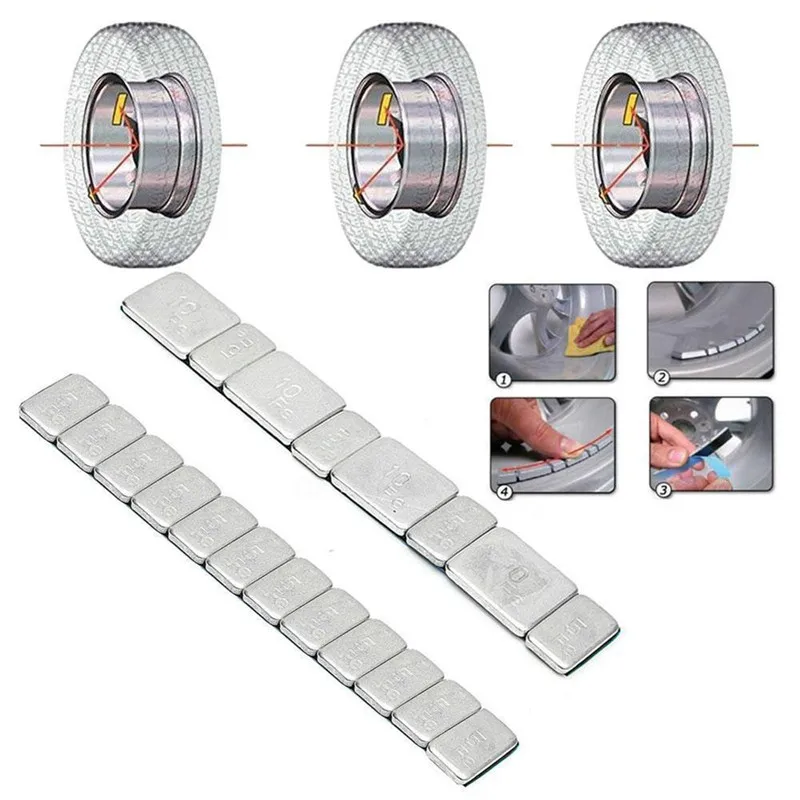 As a result, they are light in weight.
As a result, they are light in weight. Of course, there are other types of tires, but they belong to highly specialized categories. For example, because of their high cost, not very popular eco-tires with a long resource. There are also sports tires that have high resistance to extreme overloads. To sum up: it will be much more efficient in operation to choose tires based on the purpose of use, and not on weight.
To determine the weight of car shoes, there are tables in which the standard size and volume are correlated with weight. These tables can and should be used. However, we should not forget that the weight may vary depending on the manufacturer.
First, as already mentioned, this is the size. The larger the size, the heavier the tire and vice versa, the smaller, the lighter it is. Although, this is not and is not always the case, because the decisive fact here will be the tire production technology.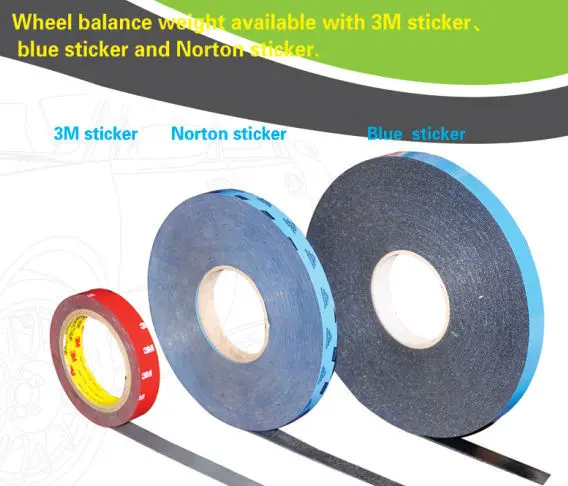
Second is the thickness of the sidewall of the tire. In addition to the mass, the thickness of the sidewall determines the resource. The thicker the sidewall, the longer the rubber will last. There are tires with a reinforced sidewall, their resource is impressive, and if buying such tires you can save money due to their slow wear, then such tires will definitely not positively affect fuel consumption.
Thirdly, this is the load index. The load index is a number that characterizes the maximum load on the tire. The index does not always correlate with weight. In this case, the composition of the rubber from which it is made is much more important. Today, there are lightweight tires on the market that can withstand very heavy loads, while also having increased wear resistance.
One of the important parameters that affect the performance of a vehicle is the weight of the rims. Modern motorists understand that by reducing the weight of the discs (by installing lighter discs on the car), it is possible to increase the smoothness of the ride, improve the controllability of the vehicle, as well as the dynamic characteristics (braking and acceleration speed).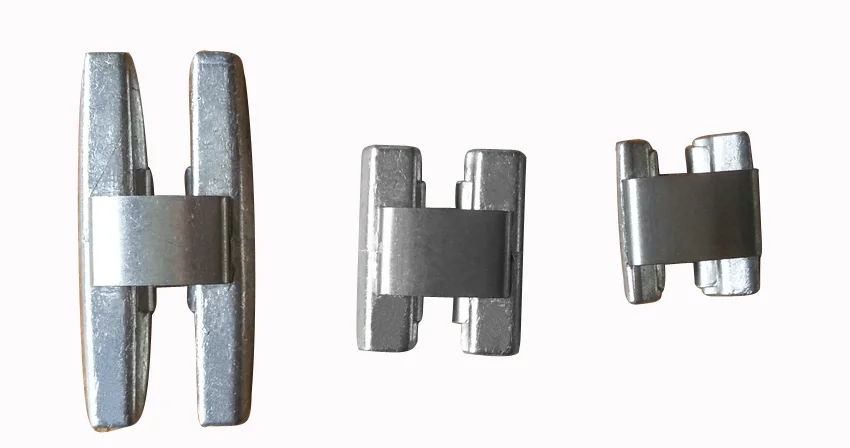
Also, the durability of the suspension depends to a certain extent on the weight of the disks, the absence of breakdowns of its elements for a long time. In this article, we will consider in detail the mechanism of the influence of the mass of disks on the performance of a car, in addition, we will talk about how the weight of disks differs depending on the material of their manufacture, as well as the technology used.
In order to understand how wheel weight can affect vehicle handling, performance, ride and suspension durability, it is necessary to understand the forces acting on a vehicle while it is in motion. One of the main parameters that engineers are guided by when developing a suspension for a particular car model is the ratio of the sprung and unsprung mass of the car. What it is?
The spring (spring, shock absorber) is an elastic suspension element that softens the shocks that occur when the car moves over uneven road surfaces. Thanks to this element, shocks are transmitted to the body only to a small extent, which determines the smooth running and comfort of movement. The sprung mass is the mass of the parts of the vehicle that are separated from the road surface by the spring (body), and the unsprung mass is the mass of the parts that are between the road surface and the spring (discs, tires, hubs, brake system elements).
Thanks to this element, shocks are transmitted to the body only to a small extent, which determines the smooth running and comfort of movement. The sprung mass is the mass of the parts of the vehicle that are separated from the road surface by the spring (body), and the unsprung mass is the mass of the parts that are between the road surface and the spring (discs, tires, hubs, brake system elements).
When the vehicle hits a bump, the wheel absorbs the impact and transmits it through the shock absorber to the body. In turn, the body with its weight (through the shock absorber) compensates for this impact, and the wheel returns to its original position. The smaller the unsprung mass, the less force there is on the body, in addition, less effort is spent when maneuvering. However, if the weight of the body is too low relative to the weight of the wheel (all unsprung elements), then the wheel will not be able to quickly return to its original position, which is fraught with loss of control (skidding).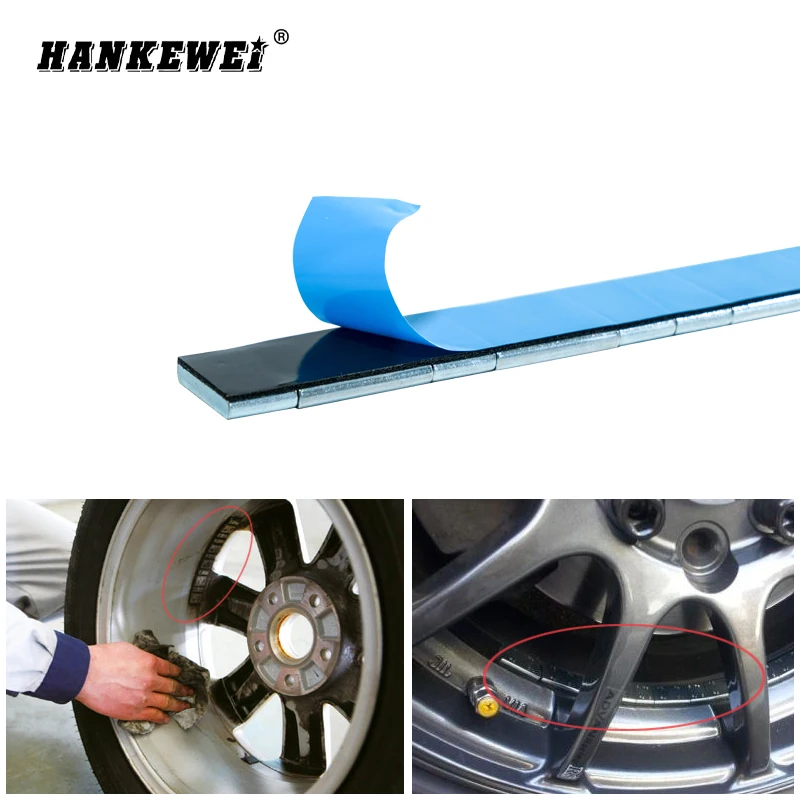
The vehicle's ability to quickly accelerate and provide effective braking is also dependent on unsprung weight. The more the wheels weigh, the more energy is needed in order to increase the speed of their rotation (which ensures the acceleration of the car), the same applies to the braking process.
The engine can only produce a limited amount of power at any one time. Therefore, the more the wheels weigh, the more engine power is used to spin them, and less power is left for fast acceleration. In numbers, it looks like this: with an increase in the weight of the wheels (unsprung mass) by 1 kg., The car loses 1% of power. Therefore, to increase the acceleration speed and enhance the braking efficiency, lightweight rims are installed; with light rims, the car accelerates faster.
The ratio of sprung and unsprung weight also affects the ride, there are two ways to achieve the ideal ratio - increase the sprung mass or reduce the unsprung mass.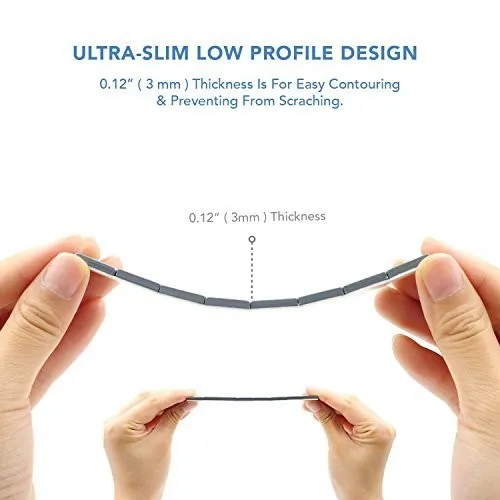 The first method has certain drawbacks, since an increase in the weight of the car (for example, due to additional ballast in the cabin or trunk) reduces the acceleration dynamics. Therefore, most often they try to lighten the wheels as much as possible by reducing the unsprung mass.
The first method has certain drawbacks, since an increase in the weight of the car (for example, due to additional ballast in the cabin or trunk) reduces the acceleration dynamics. Therefore, most often they try to lighten the wheels as much as possible by reducing the unsprung mass.
There are quite definite indicators - a reduction in the weight of the wheel (each of the wheels) by 1 kg. has the same effect as reducing the body weight by 40 kg. That is, reducing the weight of each wheel by 4 kg. (total reduction in unsprung weight of 16 kg.), you can achieve the same smoothness that is observed in the presence of several passengers in the cabin. But at the same time, the car picks up acceleration much faster than in the loaded state (as if passengers were actually sitting in the cabin).
The weight of the rims (and other unsprung components) determines the durability of the suspension components. When driving over uneven road surfaces, bumps occur that are damped by the suspension.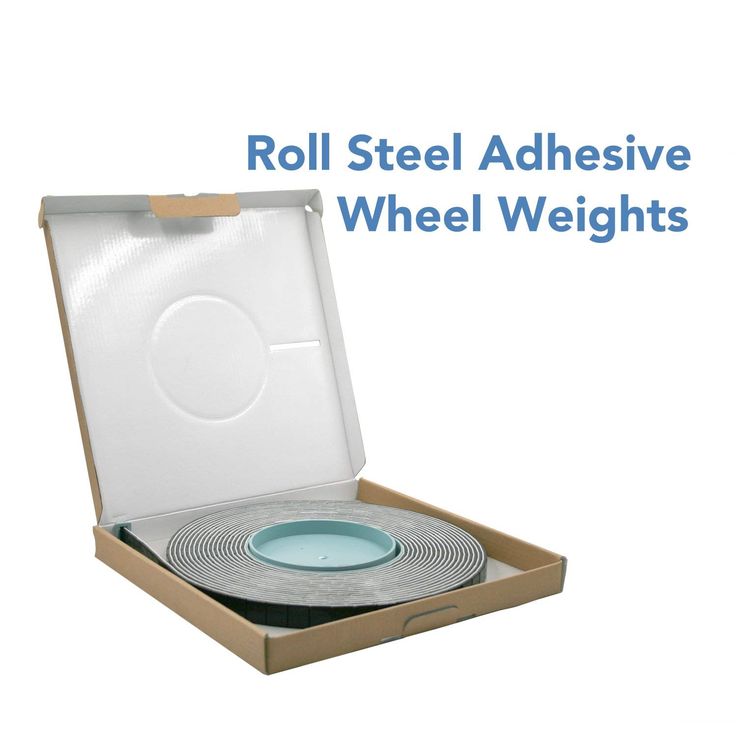 Moreover, not only shock absorbers, if the impact is strong, then other suspension elements also take on part of the impact energy. And the higher the unsprung mass, the greater the load on the suspension. Naturally, an increase in load does not contribute to the durability of the nodes that take on the blows.
Moreover, not only shock absorbers, if the impact is strong, then other suspension elements also take on part of the impact energy. And the higher the unsprung mass, the greater the load on the suspension. Naturally, an increase in load does not contribute to the durability of the nodes that take on the blows.
Stamped steel rims are the heaviest, which has become a common reason for replacing them with light alloys immediately after purchasing a new car. However, steel wheels have a minimal cost, so they continue to occupy a strong position in the automotive aftermarket.
Aluminum alloy wheels is about 20% lighter than steel wheels, manufacturing technology allows you to realize almost any designer's fantasies. In addition, alloy wheels provide better cooling of the brake system.
Forged wheels are the lightest. Hot forged wheels, on the other hand, are 20% lighter than cast wheels and 50% lighter than stamped steel wheels.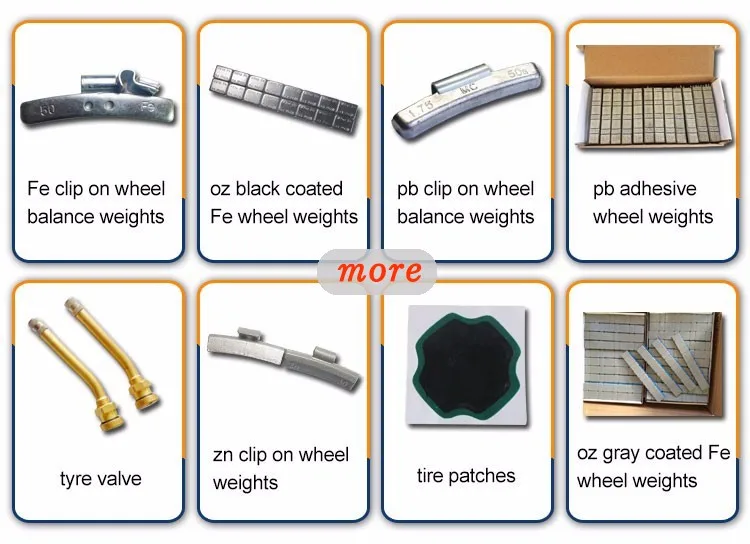 The main obstacle to their unconditional dominance among other types of auto disks is the price - forged disks are somewhat more expensive than cast ones, and much more expensive than steel ones.
The main obstacle to their unconditional dominance among other types of auto disks is the price - forged disks are somewhat more expensive than cast ones, and much more expensive than steel ones.
Magnesium alloy wheels have a special place on the market, these wheels are somewhat heavier than forged, but much lighter than aluminum wheels. However, magnesium rims are not widely used because they are less durable than aluminum rims and are not repairable if damaged. Magnesium discs are purchased by fans of fast driving and dynamic maneuvering, owners of sports cars.
The ratio of weight and dimensions of rims made of different materials is well illustrated in the table. The data presented in the table was obtained on the basis of a comparative analysis of the weight and dimensions of more than 4 thousand models of auto disks from various manufacturers. Each mass indicator is obtained by obtaining the arithmetic average from the total mass of disks of the same size (diameter) and one type (material of manufacture) of many models from different manufacturers.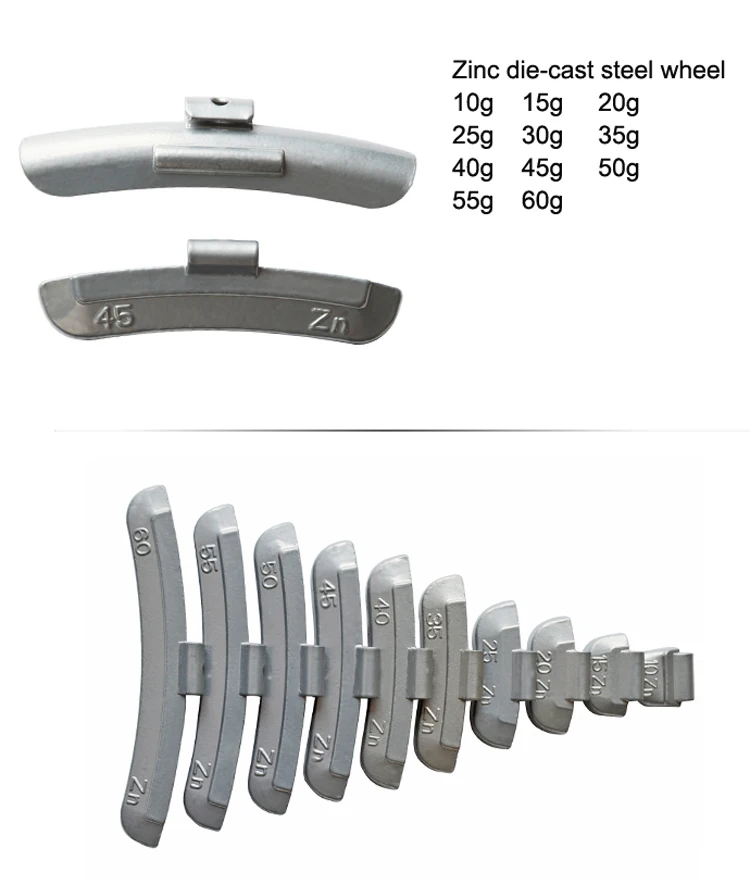
| Average weight per disc, kg | ||||
|---|---|---|---|---|
| Diameter, in. | Cast | Forged | Steel | Cast magnesium |
| R10 | 3.63 | 2.30 | ||
| R12 | 4.17 | 4.50 | 3.08 | |
| R13 | 5.40 | 3.58 | 7.26 | 3.83 |
| R14 | 6.29 | 3.94 | 8.01 | 4.38 |
| R15 | 7.32 | 3.69 | 9.56 | 5.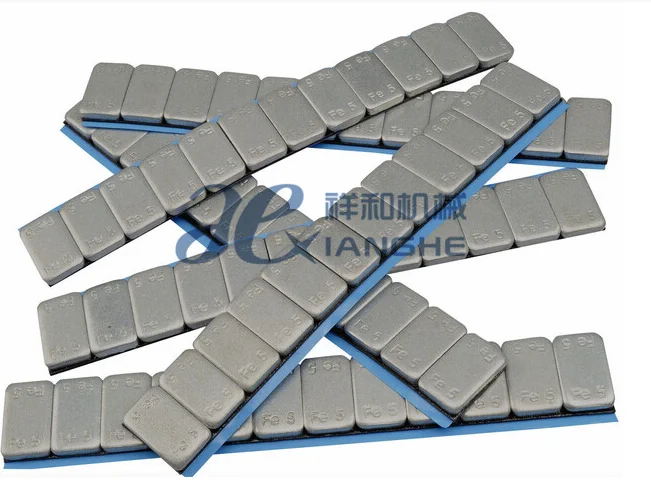 |